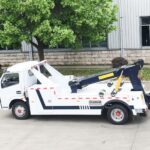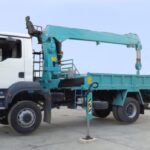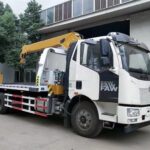When you see a massive semi-truck stranded on the side of the road or a construction vehicle stuck in a precarious situation, you might wonder how it’s going to get back on its wheels and back to work. That’s where wrecker tow trucks come into play. These heavy-duty titans of the towing industry are built to handle the toughest of challenges, rescuing vehicles that are far from your typical roadside assistance job. In this article, we will explore the world of wrecker tow trucks, the critical role they play in our society, and the unique challenges they face when tasked with towing heavy-duty vehicles.
The Unsung Heroes of the Road
Wrecker tow trucks, often simply referred to as wreckers, are the unsung heroes of the road. While many people associate tow trucks with small cars and minor accidents, wreckers are designed to handle the big stuff. They are the heavy-duty warriors who come to the rescue when large vehicles find themselves in dire straits. From tractor-trailers to construction equipment, wreckers are the go-to solution for towing these massive machines.
Wreckers are a vital component of our modern transportation infrastructure. They ensure the safety of our roads by swiftly removing disabled vehicles, minimizing traffic disruptions, and reducing the risk of accidents caused by stranded vehicles. Without wreckers, the consequences of breakdowns and accidents involving heavy-duty vehicles would be much more severe.
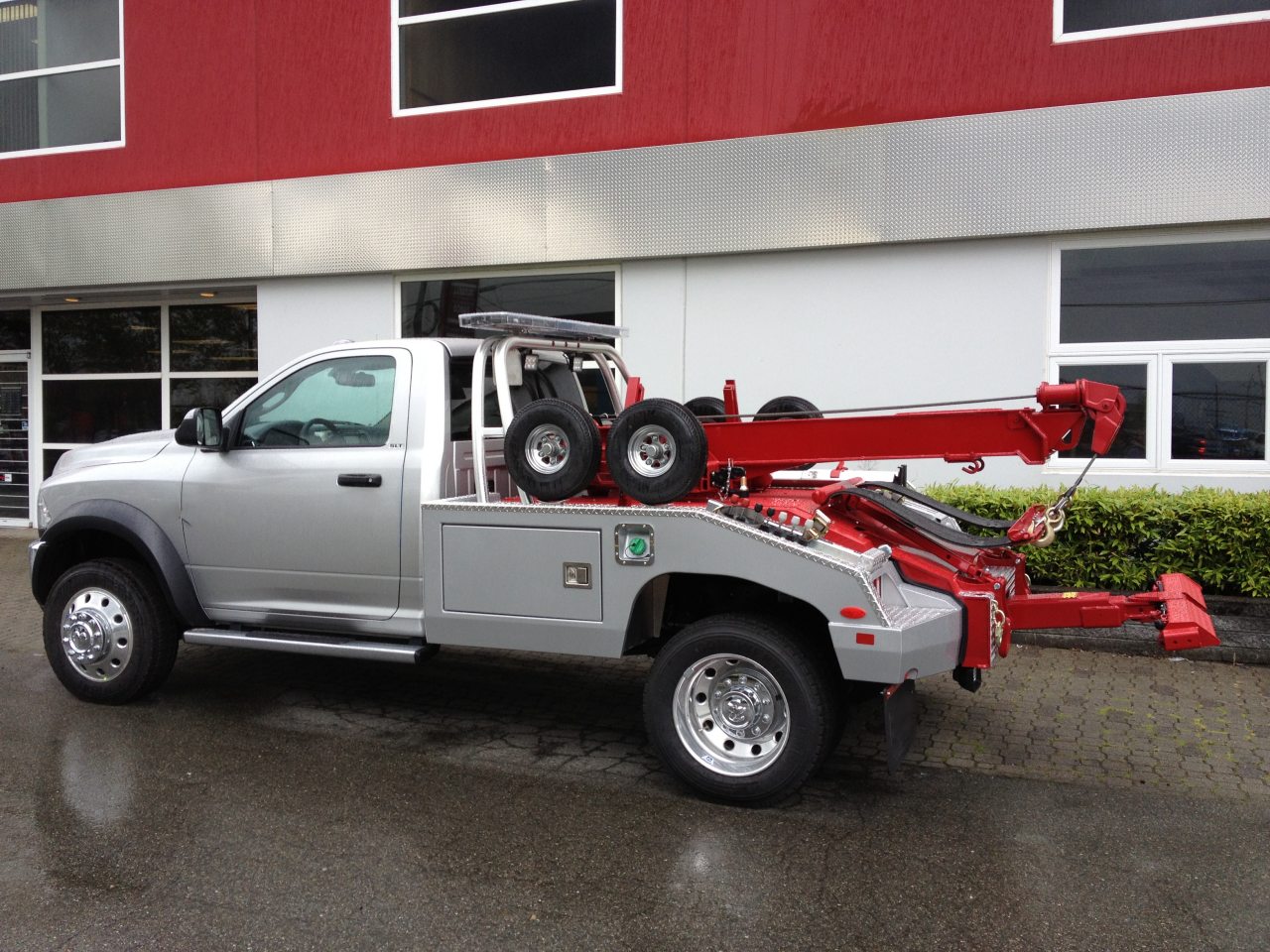
The Anatomy of a Wrecker
To understand how wreckers are capable of handling heavy-duty challenges, it’s essential to delve into their design and capabilities.
1. Heavy-Duty Chassis:
Wreckers are built on a heavy-duty chassis that can support the weight of the wrecker body, the equipment, and the vehicles they tow. These chassis are often reinforced and can vary in size and capacity, depending on the specific needs of the towing company.
2. Powerful Winches:
At the heart of a wrecker is its winch system. Wreckers are equipped with powerful winches capable of pulling heavy loads. These winches use strong cables or synthetic ropes to anchor to the disabled vehicle and then pull it onto the wrecker’s bed.
3. Boom and Wheel Lift:
Wreckers are equipped with either a boom or a wheel lift mechanism. The boom extends outwards and upwards to lift the front or rear of the vehicle off the ground, while the wheel lift cradles the wheels of the vehicle. This versatility allows wreckers to tow vehicles of different sizes and configurations.
4. Stabilizers:
To ensure safety during the towing process, wreckers often come equipped with stabilizers that extend outwards to provide additional support and prevent the wrecker from tipping over while lifting heavy loads.
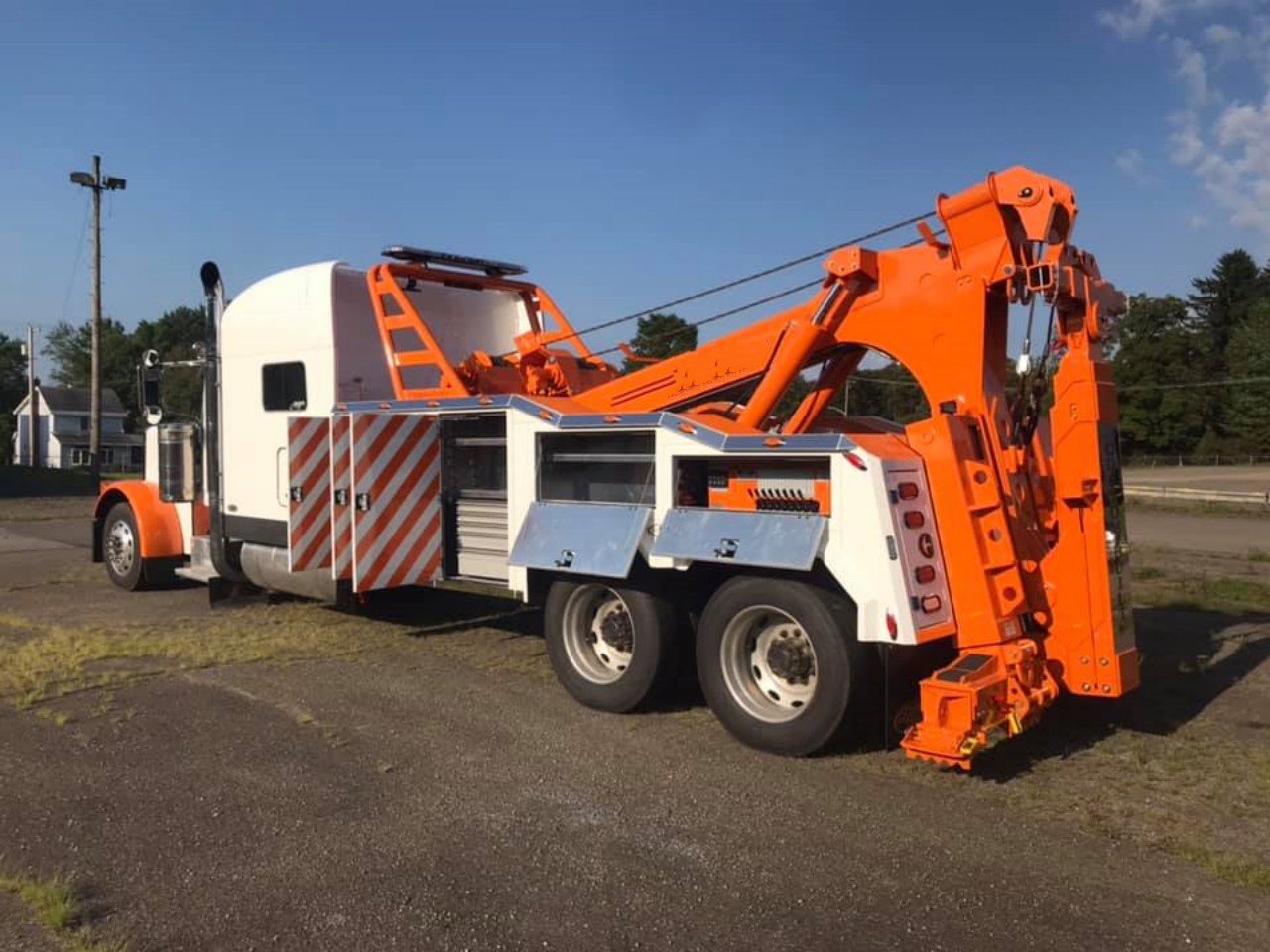
Towing Heavy-Duty Challenges
Towing heavy-duty vehicles presents a unique set of challenges that require specialized skills and equipment. Here are some of the significant challenges faced by wrecker operators when dealing with heavy-duty tows:
1. Weight and Size:
One of the most obvious challenges of towing heavy-duty vehicles is their sheer weight and size. Semi-trucks can weigh up to 80,000 pounds when fully loaded, and construction equipment can be equally massive. Wreckers must be equipped to handle this immense weight safely.
2. Safety Concerns:
Towing heavy-duty vehicles requires a deep understanding of safety procedures. Improper towing techniques can lead to accidents, injuries, and damage to both the wrecker and the disabled vehicle. Wrecker operators must undergo specialized training to ensure they can perform heavy-duty tows safely.
3. Limited Access:
Heavy-duty vehicles are often found in challenging locations, such as construction sites, remote areas, or tight urban spaces. Wreckers need to navigate these environments carefully to reach the disabled vehicle and execute a successful tow.
4. Specialized Equipment:
Not all wreckers are created equal. To handle heavy-duty challenges, specialized equipment is often required. This includes heavy-duty winches, reinforced tow bars, and additional stabilizers. Acquiring and maintaining this equipment can be a significant investment for towing companies.
5. Traffic Management:
Towing a large vehicle can disrupt traffic flow, especially on busy highways. Wrecker operators must work quickly and efficiently to minimize the impact on other motorists and ensure the safety of everyone involved.
6. Environmental Concerns:
Heavy-duty towing may involve handling vehicles that carry hazardous materials. Wrecker operators must be trained to deal with potential environmental hazards and leaks, ensuring the proper containment and disposal of hazardous substances.
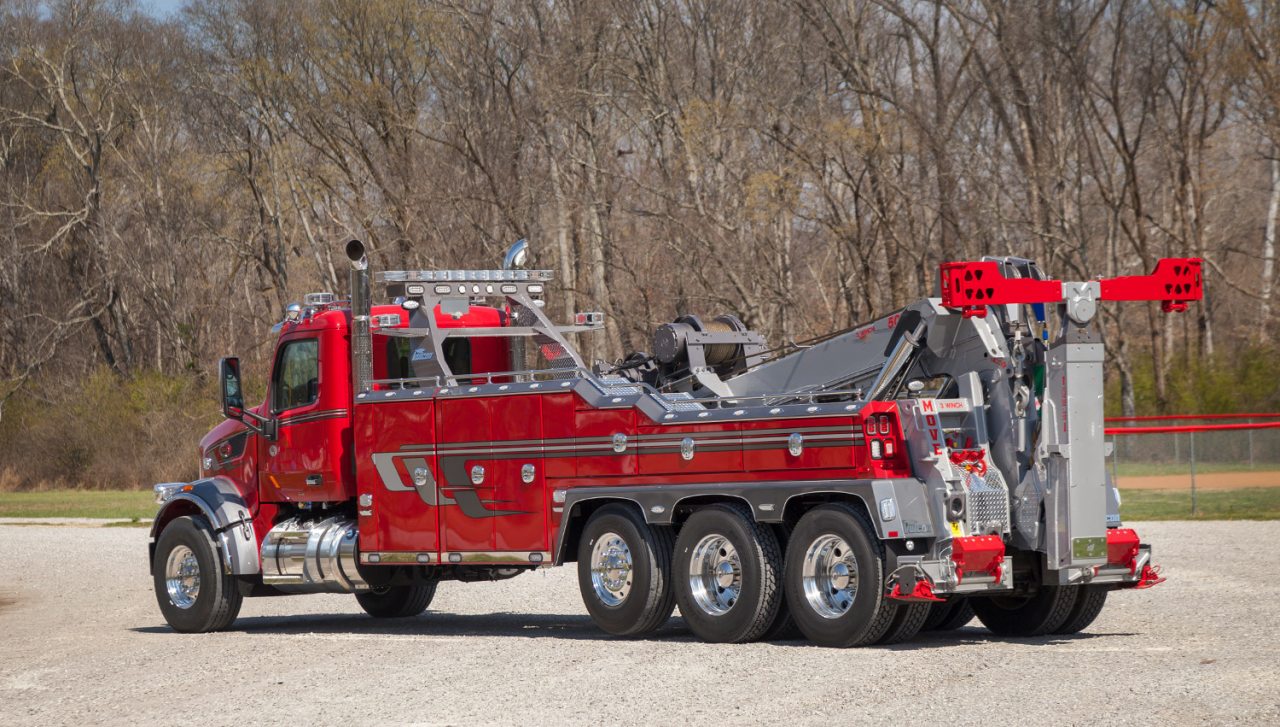
The Role of Technology
In recent years, technology has played a crucial role in enhancing the capabilities of wreckers and making heavy-duty tows safer and more efficient. Here are some technological advancements that have impacted the wrecker industry:
1. GPS and Mapping Software:
Modern wreckers are often equipped with GPS navigation and mapping software, which helps operators find the fastest and safest route to the disabled vehicle. This technology also allows for real-time traffic updates to avoid congestion.
2. Remote Control Systems:
Some wreckers come with remote control systems that allow operators to control the winches, booms and lifts from a safe distance. This is especially useful in situations where it may be unsafe for the operator to be close to the disabled vehicle.
3. Load Monitoring Sensors:
Load monitoring sensors can provide real-time data on the weight and balance of the towed vehicle, helping operators make informed decisions to ensure stability during towing.
4. Telematics and Fleet Management:
Telematics systems provide towing companies with valuable data on the performance and location of their wreckers. This information allows for better fleet management, maintenance scheduling, and route optimization.
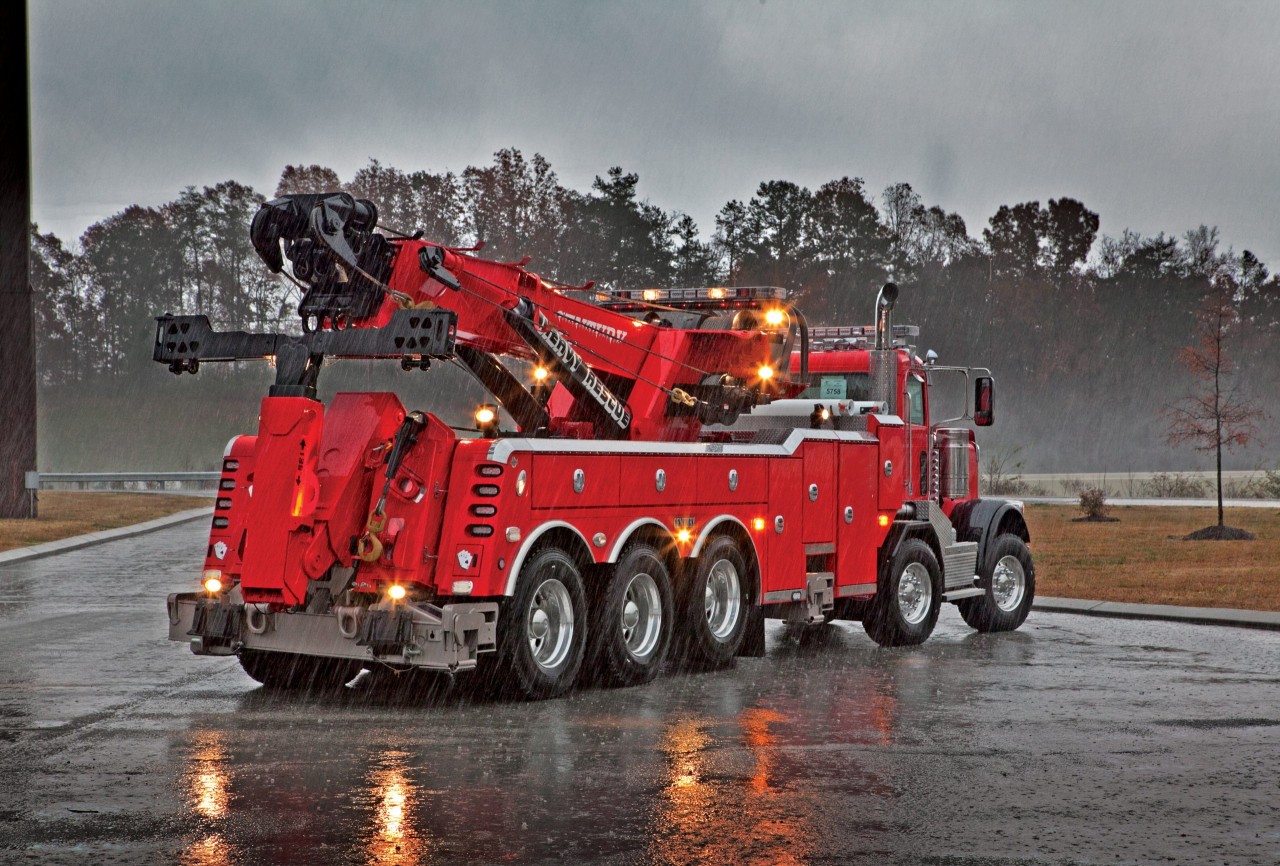
Conclusion
Wrecker tow trucks are the unsung heroes of our roads, ready to tackle heavy-duty challenges and keep our transportation system running smoothly. These powerful machines, equipped with specialized equipment and operated by skilled professionals, play a vital role in ensuring the safety and efficiency of our highways.
Towing heavy-duty vehicles presents a unique set of challenges, from the immense weight and size of the vehicles to safety concerns and the need for specialized equipment. However, with advancements in technology and ongoing training for wrecker operators, the wrecker industry continues to evolve and improve its capabilities.
Next time you see a wrecker on the road, remember that it’s not just there to tow a car—it’s a heavy-duty hero capable of handling some of the most challenging situations on our highways, making our roads safer for everyone.



